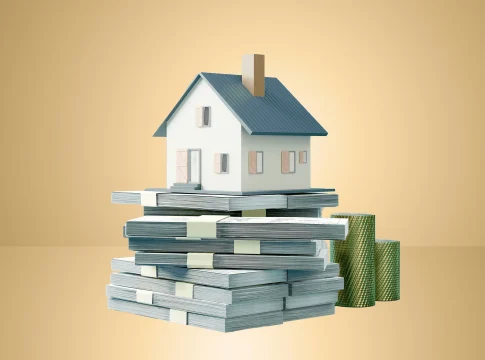Understanding the Factors Influencing Your Mortgage Rates
Feeling overwhelmed by current mortgage rates? You’re not alone. Several factors come into play when lenders determine the rate you’re offered, and understanding them can empower you to make informed decisions. Here’s a breakdown of what impacts your mortgage rate and how you can choose the right mortgage for your financial goals.
Key Drivers of Mortgage Rates
1. The 10-Year Treasury Yield
The fluctuations in the 10-year Treasury yield significantly influence mortgage rates, particularly for 30-year fixed mortgages. When this yield rises or falls, it often leads to similar movements in mortgage rates.
2. Mortgage-Backed Securities
Investments in mortgage-backed securities see rates fluctuating alongside those of Treasury yields. The spreads between these, as well as the rates lenders offer, can directly affect the mortgage rates you’ll see.
3. Investor Sentiment
Feelings about the economy can impact Treasury movements. When investors are optimistic, rates can drop; conversely, uncertainty can lead to increases.
4. Personal Financial Profile
Your credit history and score play a critical role. Lenders use this information to gauge the risk of lending to you. A higher score often translates to lower rates.
5. Income and Debt Ratios
Lenders evaluate your income compared to your debts. If they see you can comfortably manage your mortgage payments, you may be rewarded with a more favorable rate.
6. Down Payment Size
Making a larger down payment—ideally 20% or more—can lead to lower rates. It minimizes the lender’s risk and may save you money over time.
7. Points Paid
Consider whether to pay mortgage points to reduce your rate. Each point costs 1% of the loan amount and can lower your interest rate by up to 0.25 percentage points, impacting your monthly payment.
Choosing the Right Mortgage for You
Deciding on the best mortgage type often hinges on your financial situation and aspirations. A 30-year fixed mortgage allows for lower monthly payments, but you’ll pay more in interest over time. If you want to pay off your mortgage faster and save on interest, a shorter loan term might be more suitable.
Example Scenarios
For a $350,000 loan:
- 30-year at 6.97%: Monthly payment of $2,321.51; total interest paid $485,744.05.
- 20-year at 6.74%: Monthly payment of $2,659.19; total interest paid $288,206.46.
- 15-year at 6.20%: Monthly payment of $2,991.45; total interest paid $188,461.10.
- 10-year at 6.16%: Monthly payment of $3,913.90; total interest paid $119,667.88.
These figures don’t include other crucial costs like taxes and insurance, which can significantly affect your budget.
Don’t Forget Hidden Costs
Owning a home comes with additional expenses that may squeeze your monthly budget, including maintenance, repairs, and utilities. Always factor these in.
Flexibility in Payments
One strategy is to opt for a longer loan term but make extra payments. This gives you flexibility—should an emergency arise, you can revert to the lower standard payment. On the other hand, with a shorter loan term, high payments can limit your options in tough times.
Final Thoughts
Understanding the nuances of mortgage rates equips you with the knowledge to make better financial decisions. By considering these factors and assessing your personal situation, you can find a mortgage that aligns with your financial goals. Remember to explore all your options and don’t hesitate to reach out to a financial adviser for personalized advice. Happy house hunting!

Writes about personal finance, side hustles, gadgets, and tech innovation.
Bio: Priya specializes in making complex financial and tech topics easy to digest, with experience in fintech and consumer reviews.

